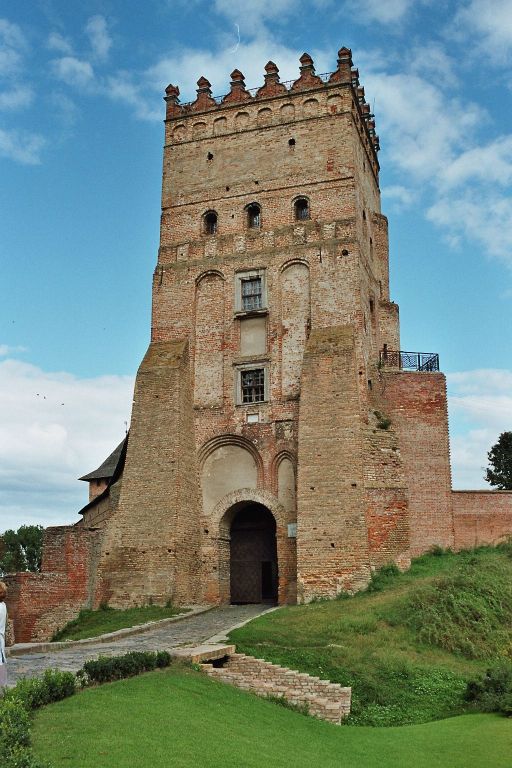Bunratty
Castle (Irish: Caisleán Bhun Raithe, meaning "Castle at the Mouth of the
Ratty") is a large tower house in County Clare, Ireland. It lies in the
centre of Bunratty village, by the N18 road between Limerick and Ennis, near
Shannon Town and its airport. The name Bunratty, Bun Raite (or possibly, Bun na
Raite) in Irish, means the 'bottom' or end of the 'Ratty' river. This river,
alongside the castle, flows into the nearby Shannon estuary. From the top of
the castle, one can look over to the estuary and the airport.
| Name: Bunratty Castle Location: Bunratty village County: Clare Country: Ireland Material: Brick Built: 1475 Restored 1954 Condition: restored and opened to the public |
The first
dwellings to occupy the site, in 970 were part of a Viking trading camp. In
1250, Norman lord Robert de Muscegros built here the first defensive
fortifications, i.e., the earthen embankment with the installed powerful wooden
tower. The first stone castle was built later, when the lot was acquired by
Thomas De Clare. At this time Bunratty town had grown to a population of 1,000.






